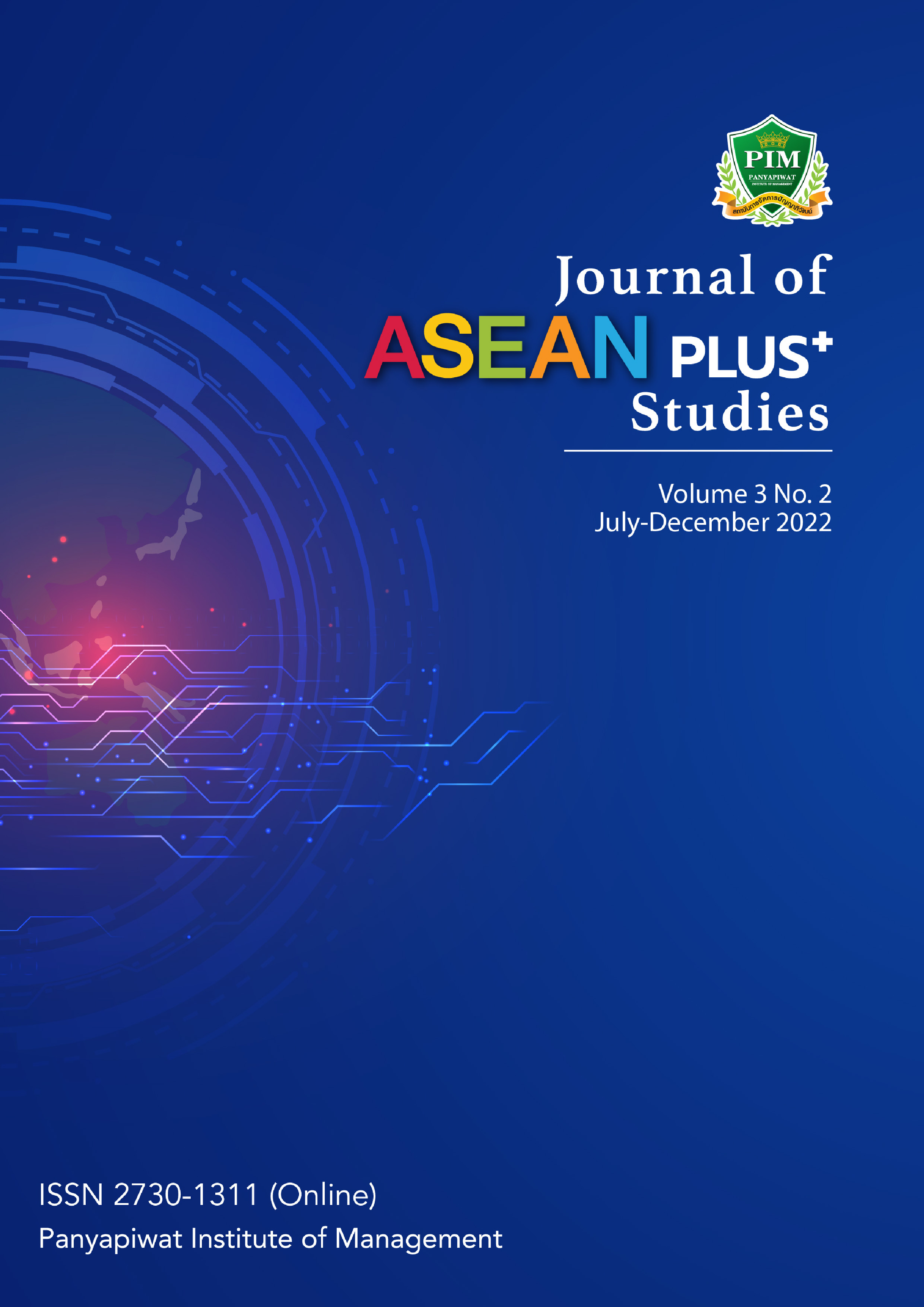The Impact of Work-From-Home (WFH) of Male Full-time Workers under COVID-19 on Their Work-Life-Balance (WLB) Attitude
Keywords:
Work-Life Balance, Male Full-Time Workers, Work from Home (WFH)Abstract
The spread of COVID-19 has led many Japanese companies to introduce work-from-home. In pre-COVID-19 Japan, work from home was considered a “special” work arrangement for a certain group of workers (e.g., female workers, workers in specific industries, etc.). However, after COVID-19, this way of work has been introduced equally to workers who have never experienced working from home before, and in a sense, it is becoming the standard. As mentioned above, full-time male workers in Japan have not been a group of workers who actively chose this work style, so there must be various challenges in getting used to this new work style. Especially for male workers, experiencing this work style must have had a significant influence on their attitude/behavior toward work-life balance.
This paper, therefore, focuses on male full-time/regular workers, finds out the influence and changes that telecommuting due to COVID-19 has on their WLB awareness, and explores how they are generated. A series of interviews with 6 male workers (from Mr. A to Mr. F) indicated 1) the +impact of WHF on their work and life, 2) the commonality between childcare and managing workplaces, and 3) changes in the importance of "experiencing" consciousness born from the experience of WFH. Conclusion, limitations, and future research are discussed. Based on the series of interviews with 6 male workers (from Mr. A to Mr. F), this paper found there are several interesting points that could be worth pointing out to discuss. Conclusion and future research are discussed.
References
Angelucci, M., Angrisani, M., Bennett, D. M., Kapteyn, A., & Schaner, S. G. (2020). Remote Work and the Heterogeneous Impact of COVID-19 on Employment and Health. NBER Working Paper, 27749, 1-30.
Cabinet Office. (2007). Cabinet Office Departmental Report 2007. London: The Stationery Office.
Cabinet Office. (2010). A Study on the Relationship Between the Realization of a Work-Life Balance Society and Productivity. Cabinet Office Economic and Social Research Institute.
Carlson, D. S., Fergusen, M., Kacmar, K. M., Grzywacz, J. G., & Whitten, D. (2011). Pay it forward: The Positive Crossover Effects of Supervisor Work-Family Enrichment. Journal of Management, 37(3), 770-789.
Gender Equality Bureau, Cabinet Office. (2014). White Paper on Gender Equality 2013. Retrieved October 20, 2022, from https://shorturl.asia/03jUS
Hopkins, K. (2005).Supervisor Support and Work-Life Integration: A Social Identity Perspective. In E. Kossek, & S. J. Lambert (Eds), Work and Life Integration: 52 Organizational, Cultural, and Individual Perspectives. Mahwah, NJ: Lawrence Erlbaum Associates.
Iki, N. (2012). Chapter 1: Thinking about Work-Life Balance. Focus on work-life balance. Labor Policy Research and Training Organization.
Inoue, C., Ishihata, Y, & Yamaguchi, S. (2021). Working From Home Leads to More Family-Oriented Men. Retrieved September 16, 2021, from http://www.crepe.e.u-tokyo.ac.jp/results/2021/CREPEDP109.pdf
Japanese Trade Union Confederation (Rengo). (2020). The Survey of Teleworking [Press Release]. Retrieved December 10, 2022, from https://www.jtuc-rengo.or.jp/info/chousa/data/20200630.pdf?42
Jiang, J., Ishii, R. & Oyama, T. (2022). Effect of Determining the Location and Time of Telework on Mental Health through Work-Life Balance. Psychological Research, 93-21007.
Kato, K. (2011). Survey of Japanese Expatriates’ Attitudes toward Work-Life Balance in M State, USA. Journal of Japan Management Association, (28), 53-65.
Ministry of Health, Labor and Welfare. (2022a). FY2020 Equal Employment Basic Survey. Retrieved August 7, 2022, from https://www.mhlw.go.jp/toukei/list/71-r03.html
Ministry of Health, Labor and Welfare. (2022b). FY2020 Survey Research Project Report for Understanding the Current Status of Balancing Work and Childcare (Research Report). Japan: Japan Management Association Research Institute.
Ministry of Internal Affairs and Communications. (2021). 2021 White Paper on Information and Communications in Japan. Retrieved from December 10, 2022, from https://www. soumu.go.jp/่johotsusintokei/whitepaper/eng/
WP2021outline.pdf
Morikawa, M. (2020). Working from Home Productivity under the Corona Crisis: An Analysis Based on a Survey of Workers. RIETI Discussion Paper, 20-J-034.
Wakisaka, A. (2007). Influence of Equality and Family-friendly on Financial Performance and Workplace Productivity. JILPT Survey Series, (37), 90-124.






